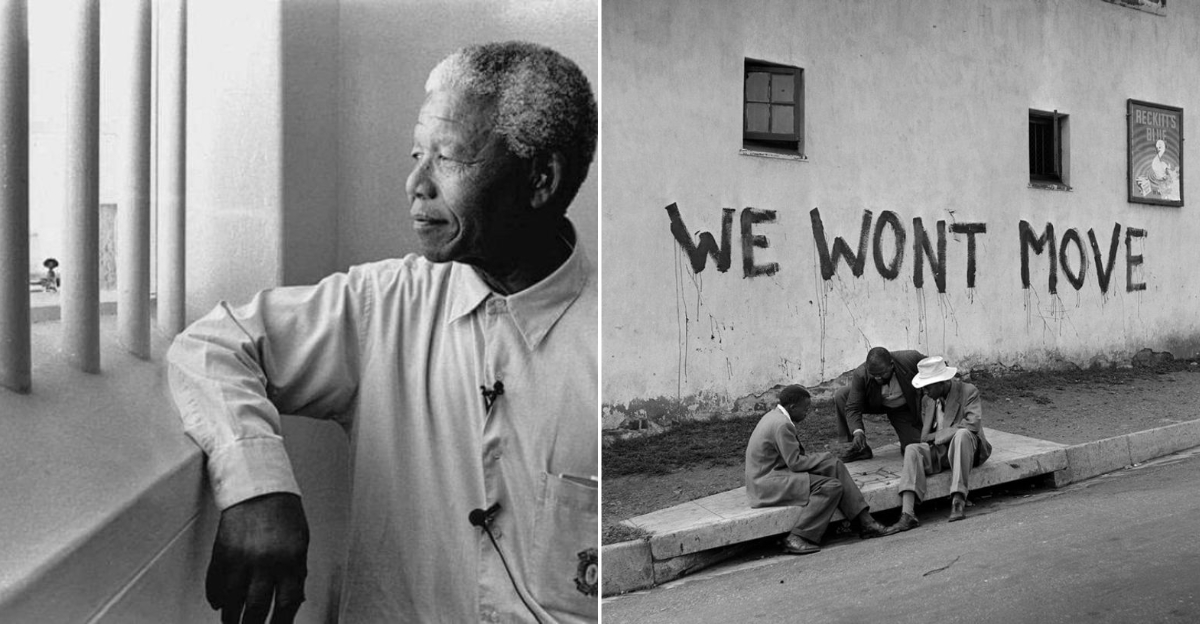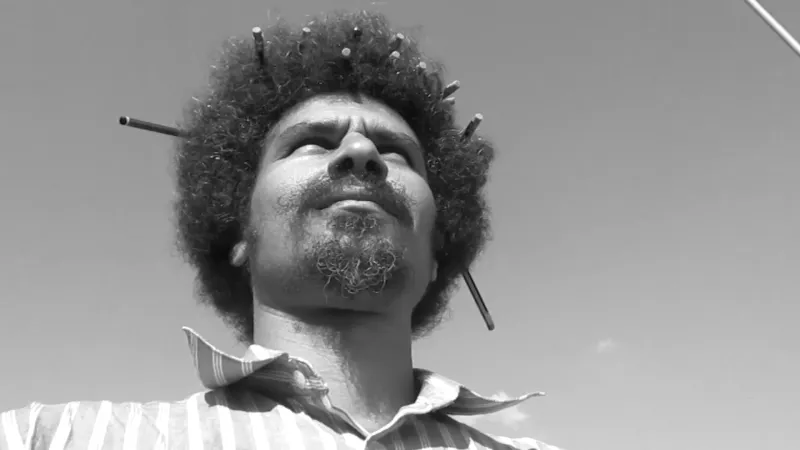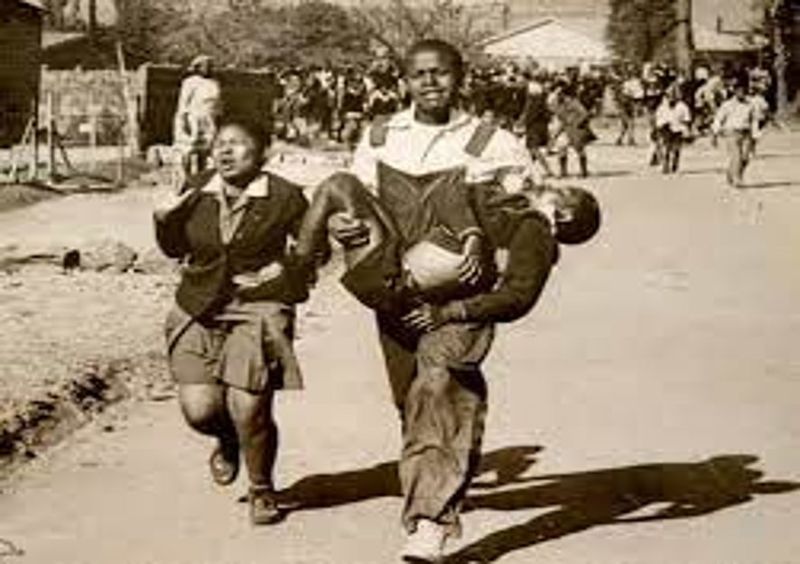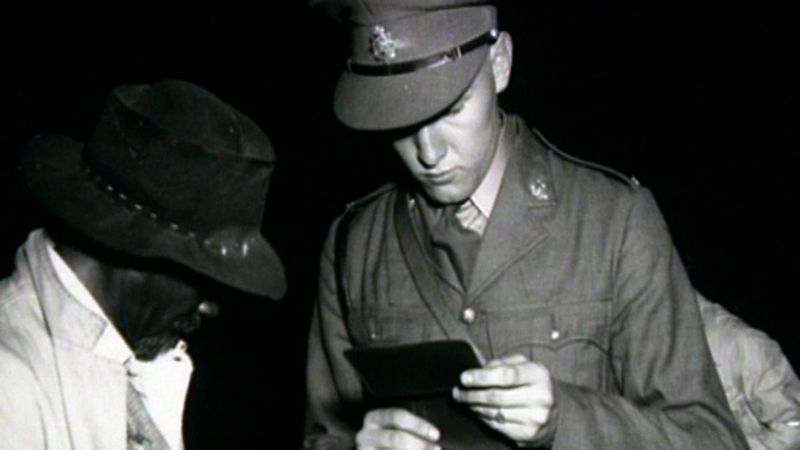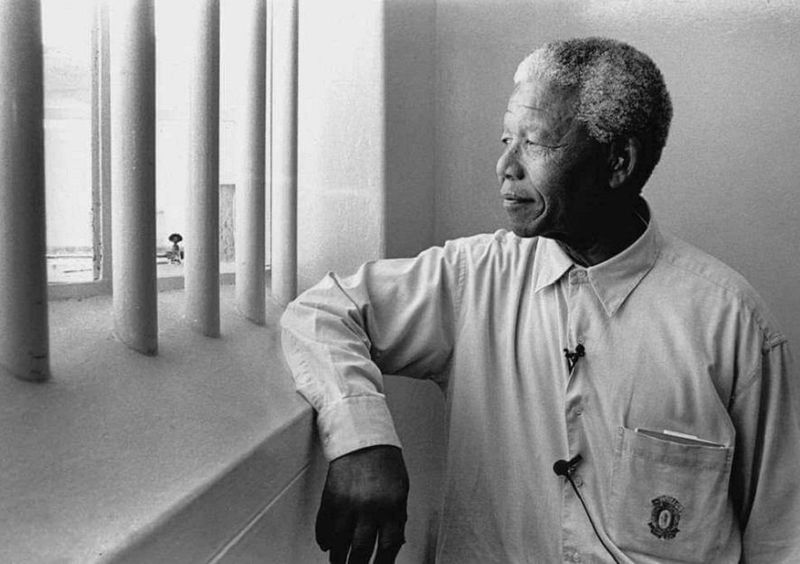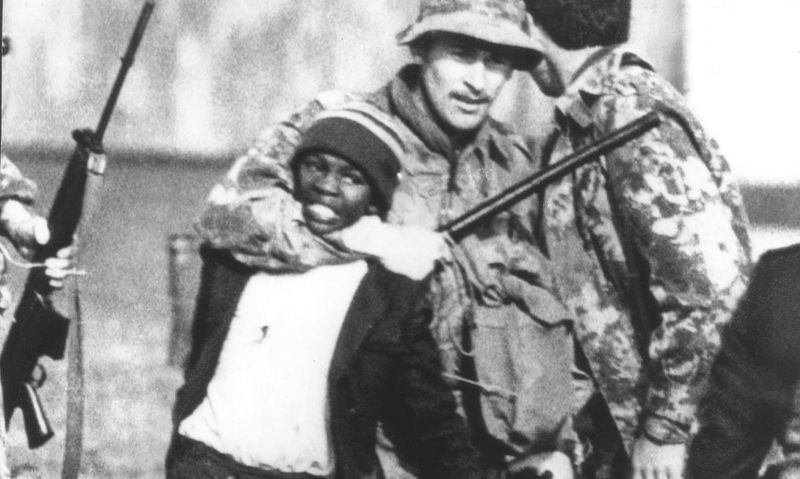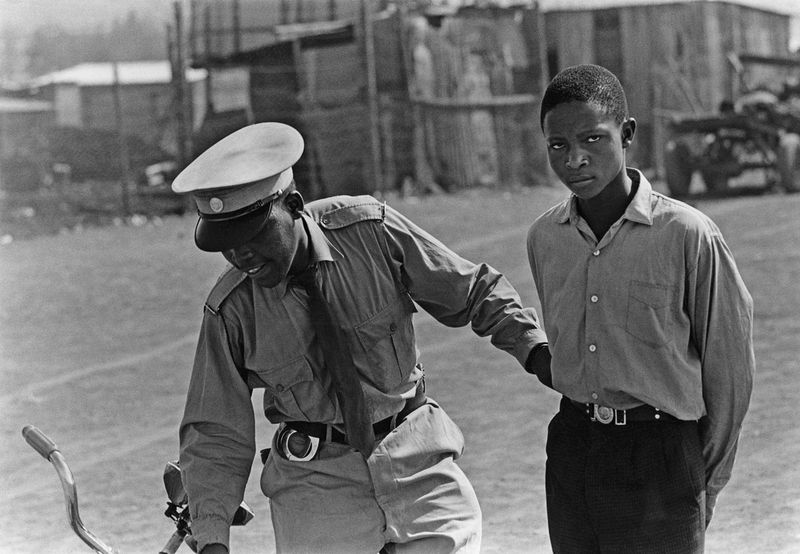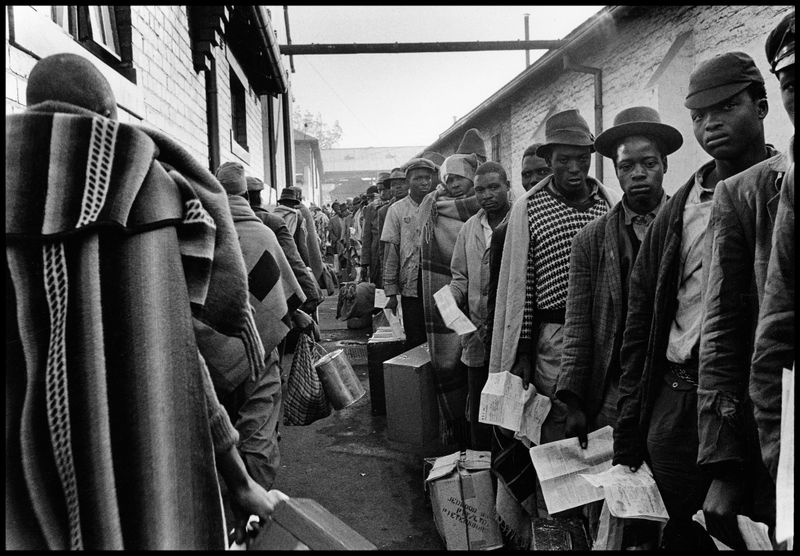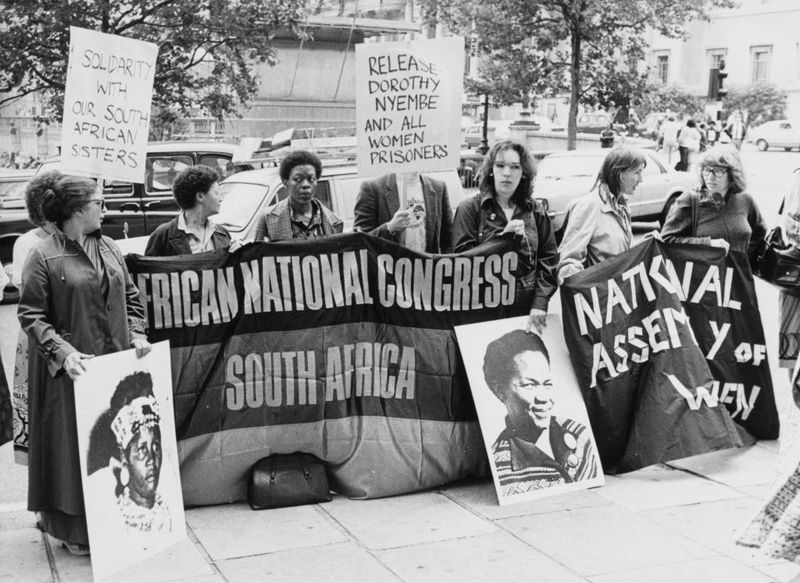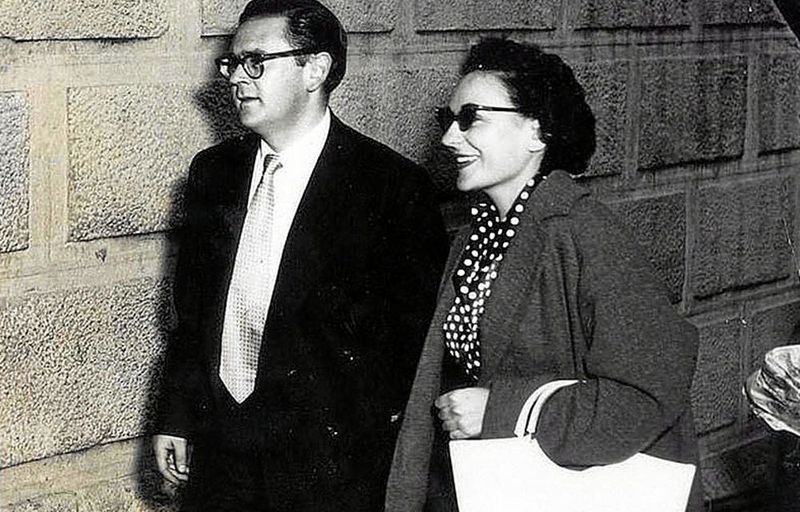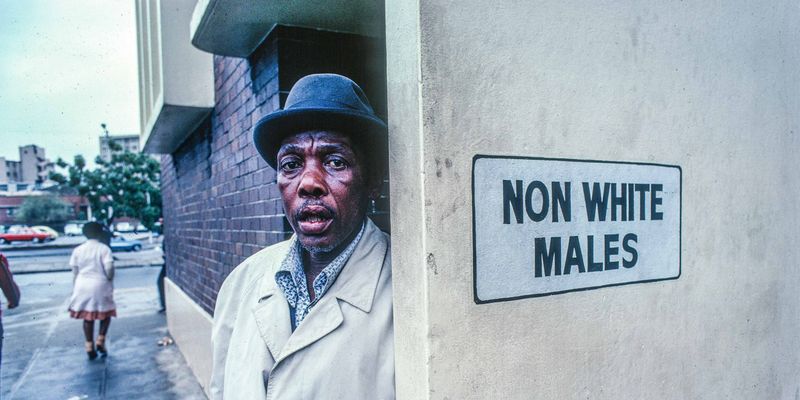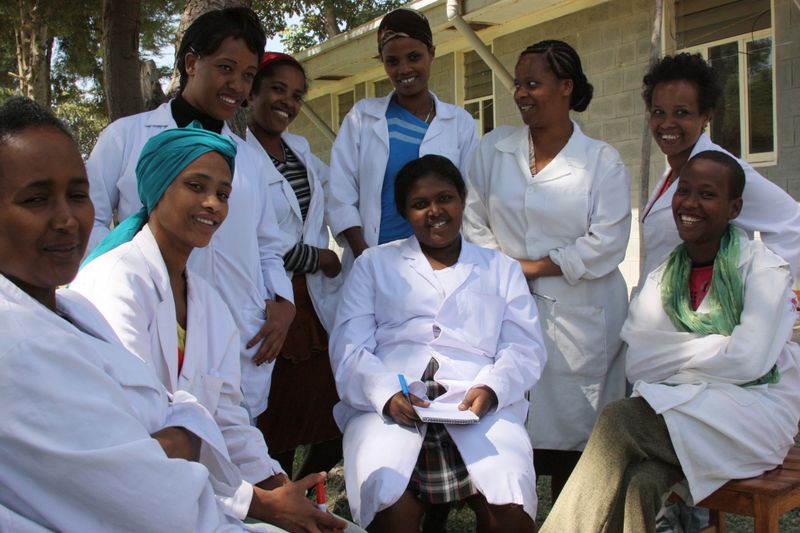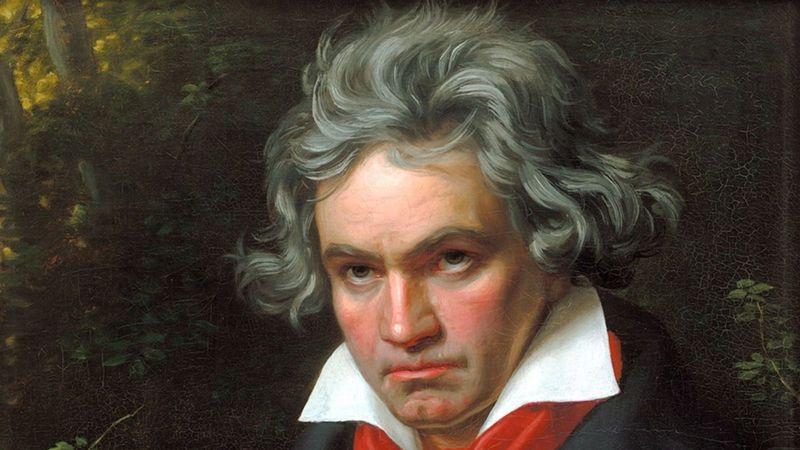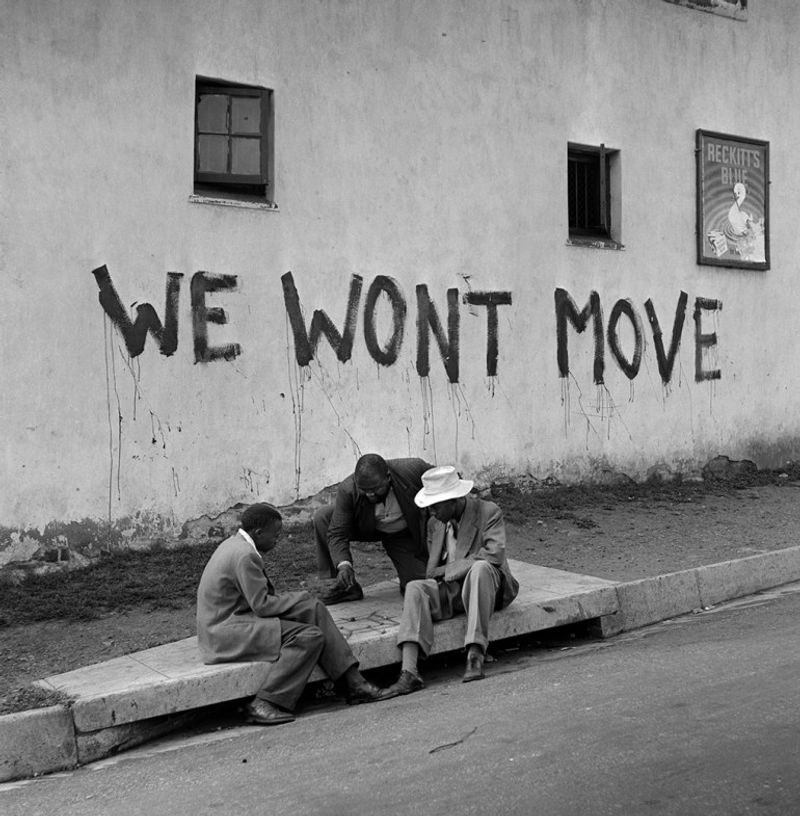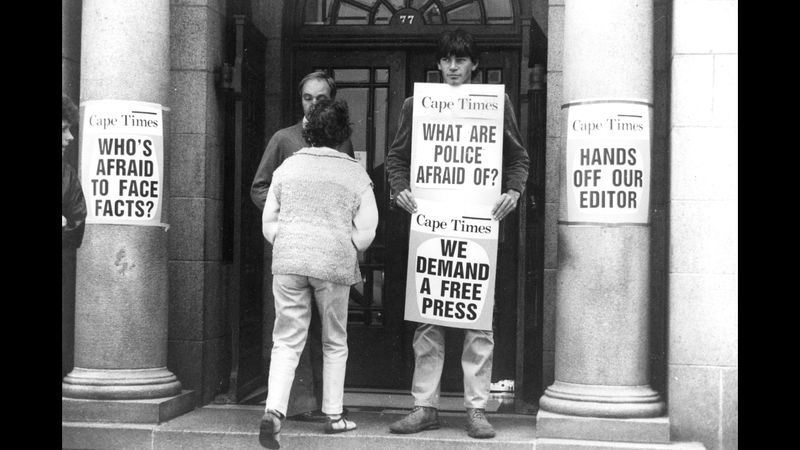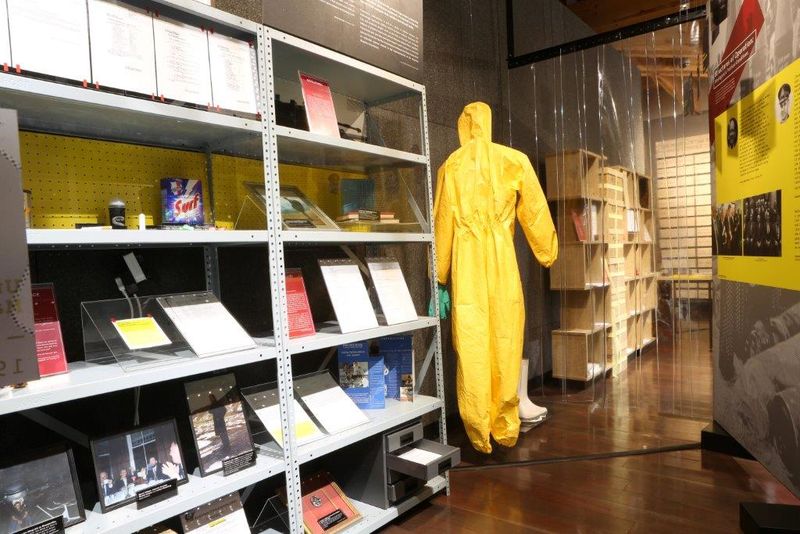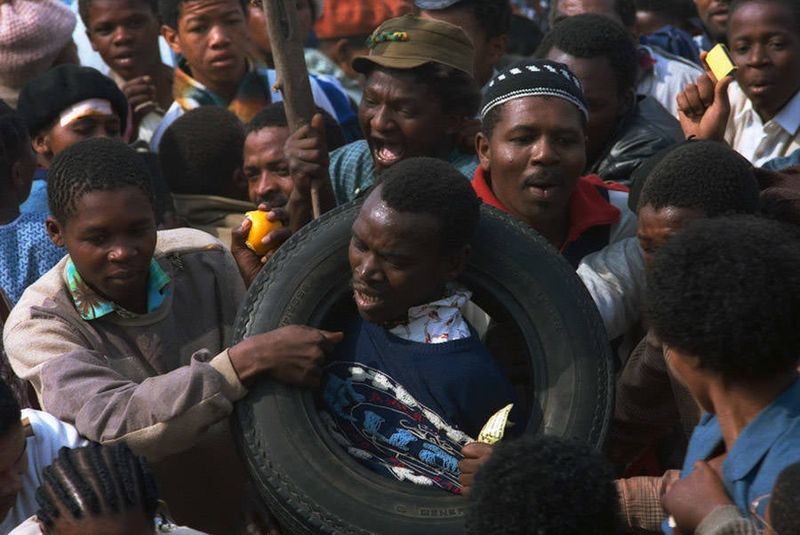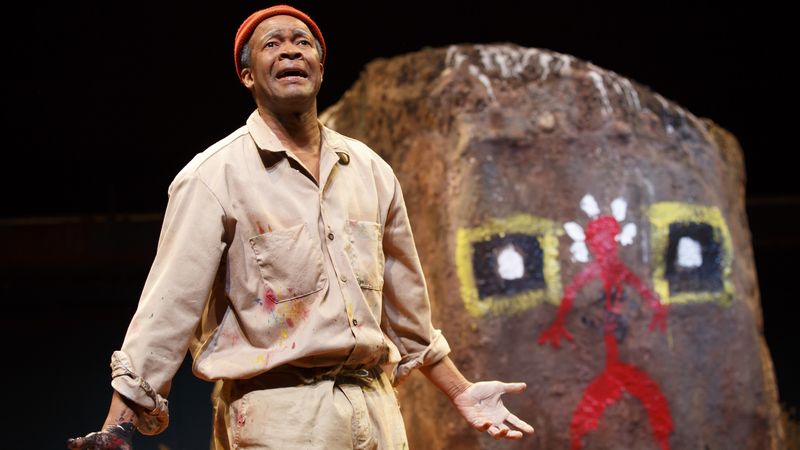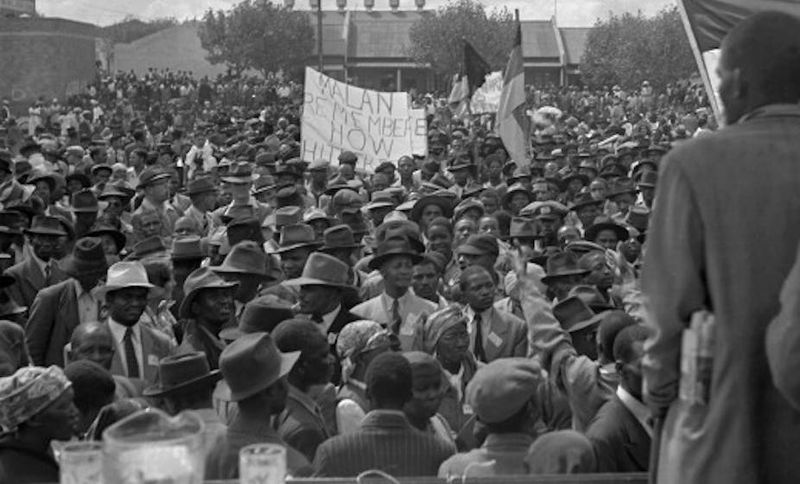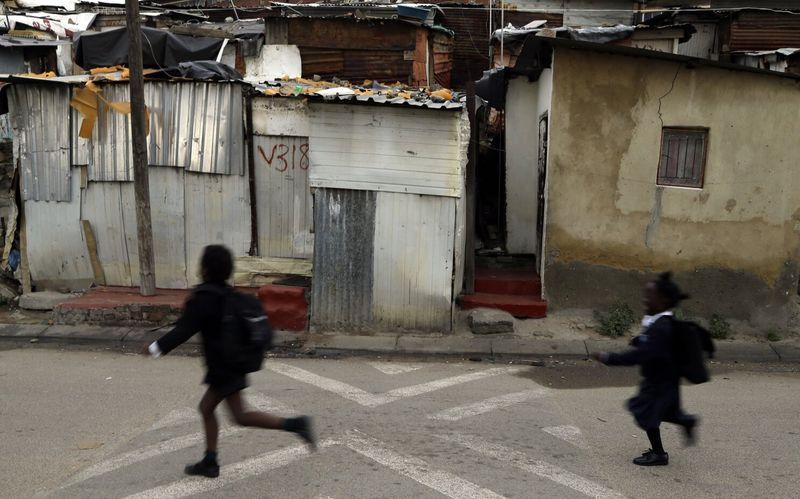Discover a hidden world of resilience, oppression, and resistance in the untold stories of apartheid, a dark chapter in South Africa’s history. From the dehumanizing “Pencil Test” to the global anti-apartheid movement, these stories reveal the complex layers of a society torn apart by racial segregation. They spotlight both the indomitable spirit of those who fought against an unjust system and the brutal tactics used to maintain racial superiority. With each untold story, we gain a deeper understanding of apartheid’s enduring impact on South Africa and its people.
1. The “Pencil Test” That Decided Your Race
In apartheid South Africa, a simple pencil could determine your future. If a pencil stayed in your hair when shaken, you were classified as Black. This arbitrary test changed one’s entire legal status, affecting where you could live, work, and who you could marry. It was a demeaning act, stripping individuals of their identity and humanity. Many families were torn apart by such racial classifications, as members were separated into different racial categories. This test highlighted the absurdity and cruelty of an oppressive regime determined to enforce racial segregation at all costs.
2. Children Were Imprisoned for Protesting
The bravery of South Africa’s youth came to light during events like the 1976 Soweto protests. Children, some as young as 12, took to the streets to demand equal education and rights. Their courage was met with brutal force; many were jailed, beaten, or even killed. The image of Hector Pieterson, a young boy shot during the protests, became an international symbol of the struggle. Despite their tender age, these children showed remarkable resilience and played a crucial role in challenging an unjust system. Their sacrifice became a turning point in the fight against apartheid.
3. Black South Africans Needed Permits Just to Enter Cities
In apartheid-era South Africa, freedom of movement was a privilege, not a right. Black South Africans were required to carry passbooks, essentially permits, to enter cities or travel between areas. Without one, arrest was inevitable. This law further entrenched racial divides, dictating where one could live or work. Such oppressive measures aimed to control every aspect of Black life, reinforcing their second-class status. The constant fear of arrest and harassment for merely existing in the wrong place showed the ruthless nature of apartheid. Pass laws were a cornerstone of the regime’s racial control.
4. Mandela Was Offered Freedom—and Refused
Nelson Mandela, the iconic leader of South Africa’s anti-apartheid movement, was offered freedom in 1985 under one condition: he must renounce armed resistance. Mandela refused, standing firm in his belief that all South Africans deserved freedom. This act of defiance became a beacon of hope for many, illustrating his commitment to justice and equality. Mandela’s incarceration became a global symbol of the struggle against apartheid, galvanizing international support. His resilience and principles inspired countless others, making his story a testament to the enduring fight for human rights and dignity.
5. Apartheid-Era Death Flights Dumped Victims at Sea
During apartheid, the regime resorted to extreme measures to silence dissent. One such chilling method was the use of death flights, where anti-apartheid activists were drugged and thrown from planes into the ocean. These victims vanished without a trace, denied justice and a proper burial. This method ensured there were no trials, no graves, and no evidence of their existence. The use of death flights showcases the lengths to which the regime went to maintain control and silence opposition. It remains one of the darkest secrets of South Africa’s oppressive past.
6. Some Black South Africans Were Classified as White
Apartheid’s racial classifications were often arbitrary and whimsical. Some Black South Africans found themselves reclassified as White, while others within the same family faced different legal identities. This bizarre practice tore families apart, as members were forced to live in separate areas or were denied contact. The absurdity of such classifications underlined the flawed and unscientific basis of apartheid. It demonstrated the regime’s desperate attempts to enforce racial purity and superiority. The pain of separation and the erasure of personal identity marked the lived experiences of many South Africans during this era.
7. Apartheid Police Burned Bodies to Hide Evidence
To hide the brutality of their regime, apartheid police resorted to burning bodies of tortured activists. Chemical ovens and acid were employed to obliterate any trace of their heinous acts. This gruesome tactic ensured that families never received closure or the chance to bury their loved ones. The destruction of evidence was part of a larger strategy to maintain an unblemished image internationally. Such acts of barbarism highlight the extreme lengths the regime went to in preserving its power and silencing dissent. This dark chapter in South Africa’s history is a grim reminder of apartheid’s cruelty.
8. The Anti-Apartheid Movement Was Global
The fight against apartheid wasn’t confined to South Africa; it was a global movement. From London to New Zealand, protesters rallied to shut down sports events, concerts, and embassies. The international community’s pressure played a crucial role in challenging the apartheid regime. Cultural boycotts and economic sanctions were potent tools in forcing change. This global solidarity illustrated the universal condemnation of racial segregation and oppression. The movement demonstrated the power of collective action, showing how people worldwide could unite for justice and human rights. Together, they amplified the voices of those fighting within South Africa.
9. White South Africans Also Resisted—And Paid the Price
Not all White South Africans supported apartheid. Activists like Ruth First and Joe Slovo stood firmly against the regime and paid dearly for their convictions. They faced bombings, exile, and assassination attempts for their resistance efforts. Their courage in the face of adversity showed that injustice transcends racial lines, and the fight for equality was a shared struggle. These individuals became symbols of hope, demonstrating that resistance came from unexpected quarters. Their stories underscored the complex nature of South Africa’s fight against apartheid, where allies came in diverse forms, united by a common goal.
10. TV Was Banned in South Africa Until 1976
Television, a ubiquitous source of information and entertainment, was banned in South Africa until 1976. The government feared it would corrupt “traditional values” and ignite resistance. Instead, families relied on radio for news and programs. This ban aimed to control information flow and maintain the regime’s narrative. The absence of television isolated South Africans from global events and perspectives. Yet, the eventual introduction of TV also became a tool for spreading awareness and challenging apartheid’s propaganda. The fear of its influence highlighted the regime’s understanding of media’s power in shaping public opinion.
11. Black Nurses Couldn’t Touch White Patients
In apartheid South Africa, even healthcare was segregated. Black nurses were forbidden from touching White patients, regardless of the situation’s urgency. This absurd law endangered lives and underscored the dehumanizing nature of racial segregation. Dedicated medical professionals were unable to offer basic care across racial lines, often facing moral dilemmas and professional restrictions. The apartheid regime’s insistence on racial purity infiltrated every aspect of life, including crucial healthcare services. This policy not only jeopardized patient well-being but also highlighted the systemic racism entrenched in every facet of society.
12. Beethoven and Shakespeare Were Censored
The apartheid regime’s censorship extended even to classical arts. Works by Beethoven and Shakespeare were scrutinized and, if deemed sympathetic to the oppressed, were banned or heavily edited. This cultural control reflected the regime’s paranoia and its attempts to suppress any subversion. Intellectual and artistic repression aimed to maintain a sanitized narrative, free from dissenting viewpoints. Yet, artists and educators found creative ways to resist, using coded language and symbolism. The censorship of such timeless works revealed the fear instilled within the regime, as they acknowledged the power of art to inspire change and question authority.
13. Some Towns Had Separate Sidewalks for Whites and Blacks
Apartheid’s segregation infiltrated even the most mundane aspects of daily life. In some towns, separate sidewalks for Whites and Blacks were mandated. This spatial division was a stark reminder of the regime’s pervasive control over social interactions. Such measures reinforced the ideology of racial superiority, embedding segregation into the very infrastructure of communities. Despite these oppressive laws, acts of defiance emerged, with individuals challenging these boundaries. The existence of separate sidewalks exemplified the depth of apartheid’s reach, shaping both the physical and social landscape of South Africa.
14. Journalists Were Tortured or Murdered for Telling the Truth
In the fight against apartheid, journalists played a critical role in exposing the regime’s brutality. Many faced torture, imprisonment, or death for their courage. Figures like Steve Biko’s friend Donald Woods, who was forced into exile, became symbols of the struggle for truth. The regime’s crackdown on press freedom was an attempt to stifle dissent and maintain its facade of legitimacy. Despite the dangers, brave journalists continued to report, illuminating the reality of life under apartheid. Their sacrifices were instrumental in rallying international support and bringing about change, proving the power of words in the fight for justice.
15. Thousands Were Relocated to “Homelands”—Even If They’d Never Lived There
Apartheid’s policy of “separate development” led to the forced relocation of thousands to designated “homelands.” Entire communities were uprooted, bulldozed, and dumped in barren lands, often without infrastructure or resources. These areas were meant to be self-sufficient but were anything but. Many had never lived in these regions before, severing connections to their original homes and livelihoods. The policy aimed to create a facade of independence for Black South Africans while reinforcing racial divides. The relocations left lasting scars, as families struggled to adapt to harsh conditions and rebuild their lives from scratch.
16. The Regime Used Chemical Warfare Against Protesters
The apartheid regime’s desperation to maintain control led to the creation of Project Coast, a secret chemical and biological warfare program. Scientists experimented with poisons, viruses, and sterilization agents, intending to suppress dissent and target anti-apartheid activists. The program’s existence highlighted the lengths to which the regime would go to silence opposition and maintain its power. The revelation of such a program shocked the world, exposing the regime’s willingness to disregard human rights. The legacy of Project Coast remains a chilling reminder of the creative cruelty employed in apartheid’s enforcement.
17. South Africa Built (and Then Hid) Nuclear Weapons
In a global first, apartheid South Africa developed its own nuclear arsenal, only to later dismantle it in secret. The regime’s pursuit of nuclear weapons was driven by a desire for international prestige and deterrence against perceived threats. The decision to dismantle the arsenal before the transition to democracy was a strategic move, ensuring the new government wouldn’t inherit such capabilities. This hidden chapter in South Africa’s history revealed the regime’s complex political calculations and the lengths it went to secure its power. The clandestine nature of this program underscored the secretive operations that characterized apartheid’s governance.
18. The “Necklace” Executions Divided the Anti-Apartheid Movement
Within the anti-apartheid movement, the brutal “necklace” executions became a point of contention. This vigilante method involved placing a burning tire around a victim’s neck, often targeting perceived collaborators. The divisive tactic sparked intense debate, highlighting the moral complexities within the resistance. While some viewed it as a necessary measure against betrayal, others condemned the violence. This internal conflict showcased the multifaceted nature of the struggle, where differing ideologies and strategies coexisted. The controversy surrounding “necklace” executions remains a haunting reminder of the lengths individuals went to in their fight for freedom.
19. Artists Risked Death to Speak Out
Art became a potent form of resistance during apartheid. Musicians like Brenda Fassie and playwrights like Athol Fugard used their talents to challenge the regime, often at great personal risk. Their work resonated deeply with oppressed communities, offering both solace and a rallying cry for change. Despite censorship and threats, these artists continued to create, using their platforms to inspire and educate. Their bravery underscored the role of culture in social movements, illustrating how creativity can transcend oppression. The enduring legacy of their art continues to inspire new generations in the ongoing fight for justice.
20. Secret Police Infiltrated Churches, Unions, and Even Families
The apartheid regime employed secret police to infiltrate nearly every aspect of life, sowing distrust within communities. Churches, unions, and even families were not immune to surveillance. Spies reported on anyone suspected of resistance, creating an atmosphere of paranoia. This infiltration aimed to dismantle the social fabric and prevent organized opposition. Despite the pervasive surveillance, communities found ways to resist, using coded language and covert meetings. The regime’s tactics highlighted its fear of unified dissent, as they sought to undermine solidarity and sow division. The legacy of distrust left by such infiltration lingers in South Africa today.
21. The Pain Didn’t End in 1994
The official end of apartheid in 1994 marked a new beginning for South Africa, but the scars of segregation remain. Economic inequality, trauma, and division continue to affect every part of life. Despite political freedom, many South Africans still face poverty and limited opportunities. The legacy of apartheid’s policies is evident in the socio-economic disparities that persist today. Efforts to heal and rebuild are ongoing, as the nation grapples with reconciling its painful past with aspirations for a just future. The journey towards true equality and unity is far from over, as South Africa strives to overcome apartheid’s enduring impact.
